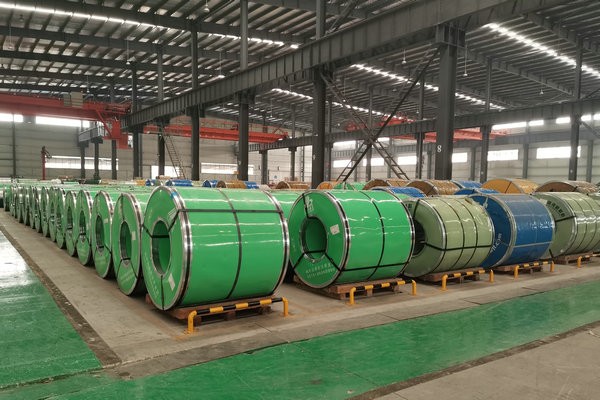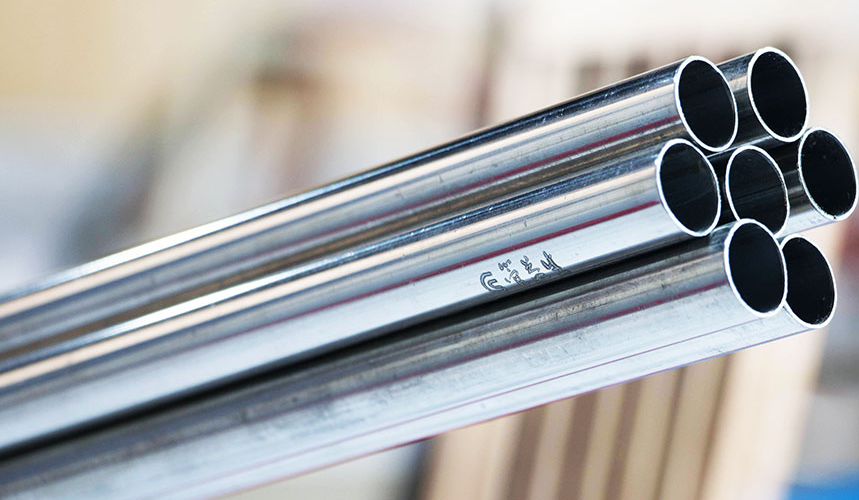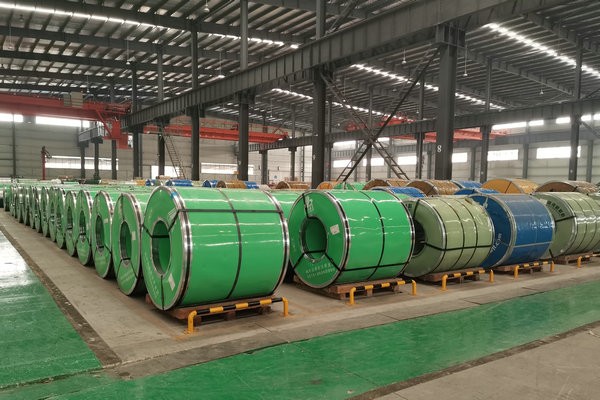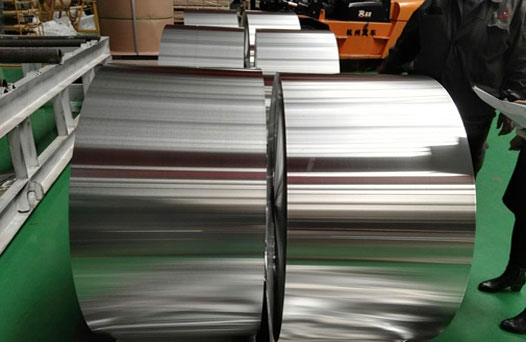
When sourcing stainless steel materials for your business, whether for construction, manufacturing, or industrial applications, it is crucial to understand how to communicate effectively with your supplier. Asking the right questions and specifying the correct requirements will ensure that you receive products that meet your needs while avoiding unnecessary costs. In this guide, we’ll walk through five key factors every buyer should consider when ordering from a stainless steel supplier: alloy selection, grades and hardness, seamless vs welded, surface finish, and specifications.
Choosing the right alloy is crucial to your purchase. Each stainless steel grade delivers distinct corrosion resistance, strength, and heat resistance.
2205 Duplex Stainless Steel – Combines high strength with outstanding pitting resistance, making it suitable for offshore platforms and chemical processing equipment.
When choosing an alloy, consider:

Hardness impacts machinability, wear resistance, and strength. The most common hardness measurement scales for stainless steel are Brinell (HB), Rockwell (HRC), and Vickers (HV).
Common international grade systems:
When placing an order, always request a Mill Test Certificate (MTC) to verify chemical composition and mechanical properties.
The choice between seamless and welded stainless steel pipes or tubes depends on performance requirements, budget, and availability.

Typical Uses – High-pressure systems, boilers, petrochemical plants, aerospace components.
The surface finish affects both the appearance and the corrosion resistance of stainless steel. Common finishes include:
Always specify your desired surface finish in the purchase order. If you don’t, the supplier may default to 2B or a basic mill finish.

A reliable stainless steel order must meet recognized industry standards for dimensions, tolerances, and mechanical properties.
Dimensional Requirements:
Outer diameter (OD), wall thickness (WT), and tolerance.
Testing Requirements:
Hydrostatic testing, ultrasonic testing (UT), radiographic testing (RT) for weld quality.
Documentation:
Request MTC and third-party inspection reports (SGS, TUV) for added assurance.
When ordering from a stainless steel supplier, clear communication is key. By defining your alloy selection, hardness and grade, product type (seamless or welded), surface finish, and required specifications, you can avoid misunderstandings and ensure the material meets your exact requirements. Whether you are an importer, a manufacturer, or a contractor, taking the time to specify these details will save costs, improve performance, and strengthen your supplier relationships.